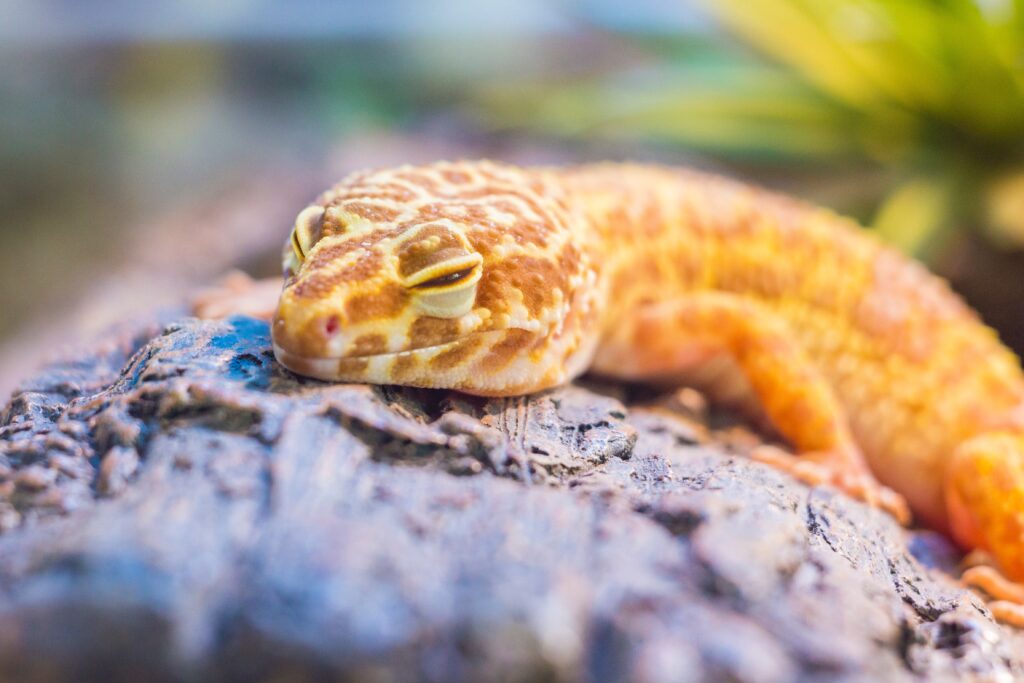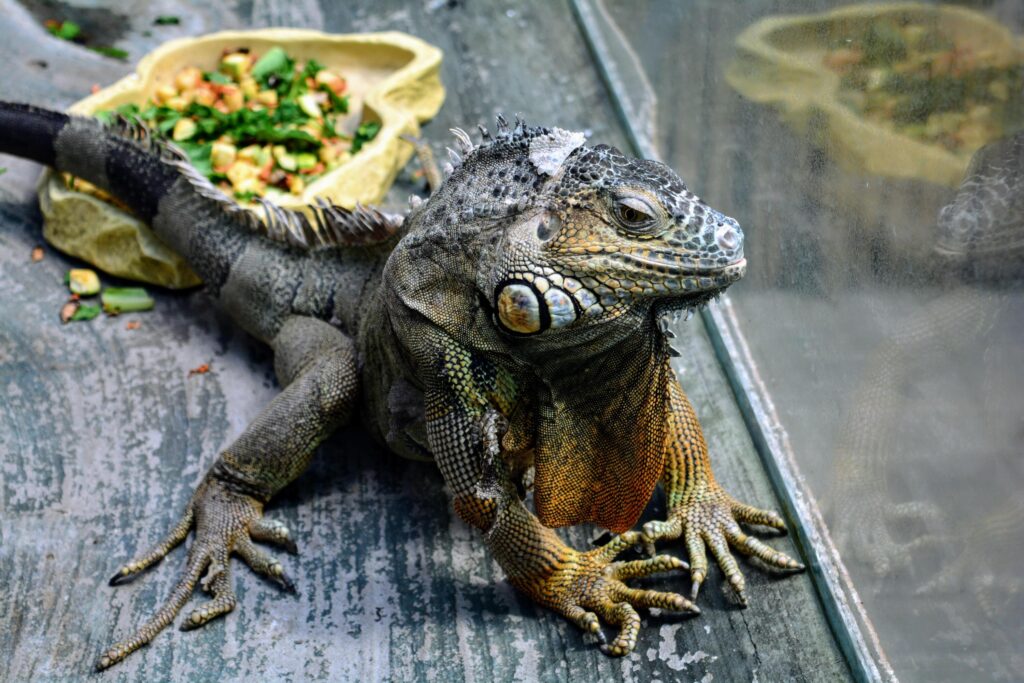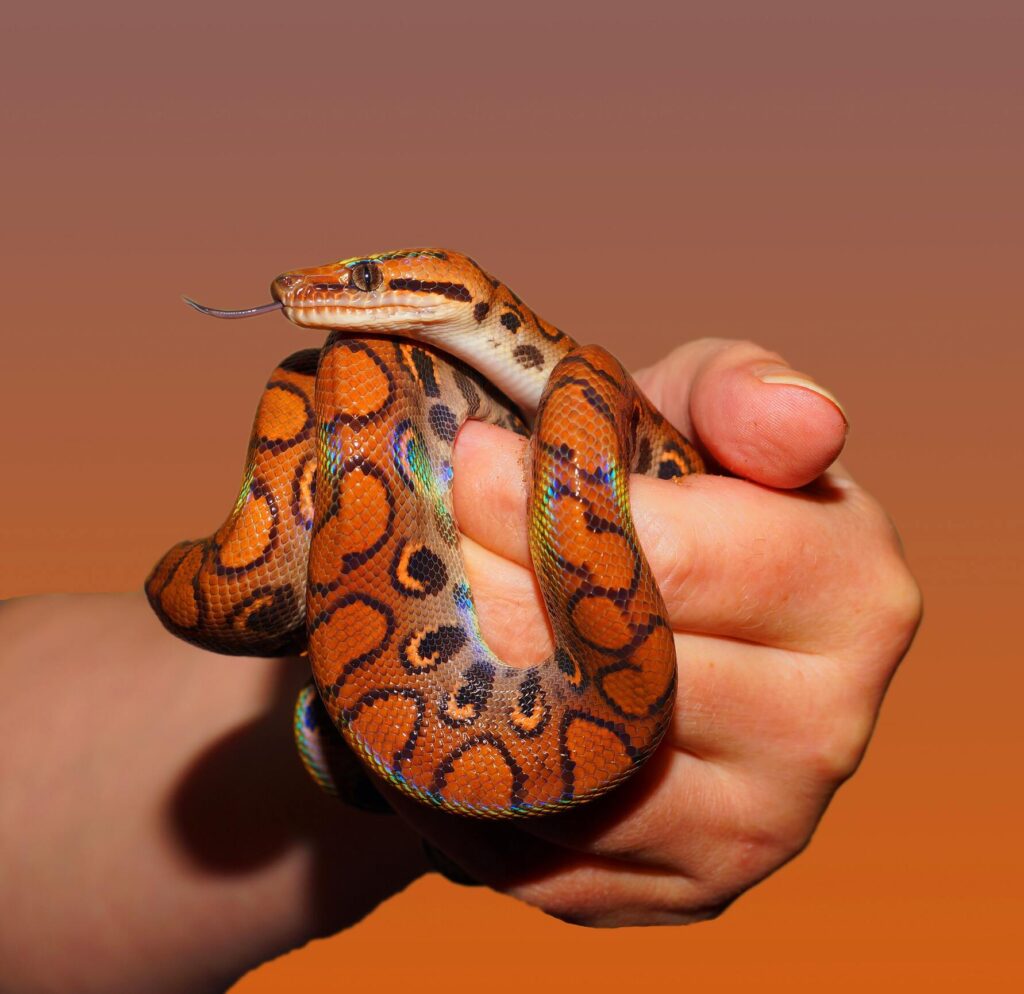This website uses cookies so that we can provide you with the best user experience possible. Cookie information is stored in your browser and performs functions such as recognising you when you return to our website and helping our team to understand which sections of the website you find most interesting and useful.

Is my reptile sick?
Reptiles are fascinating creatures, in part because they are very different from us. But that fact makes it usually difficult to spot when a reptile is sick, sometimes even for an experienced veterinarian. So here I bring you some tips to try to understand your reptile and detect any signs of illness before it is too late.
First of all, we need to understand a bit how a reptile works. There are lots of different reptiles around the world so sometimes it is difficult to make general statements. However, there are some general ideas we can use:
- Reptiles are ectothermic animals. That means that their body temperature depends on the environmental temperature, and so their metabolic function, like immune system, digestion or reflexes.
- Reptiles have very little facial expression due to lack of facial muscles and do not have ears, so interpreting body language sometimes is difficult from our mammal point of view.
- Due to differences in brain structure and general behaviour, their response to illness and pain are different from mammals or birds, so if you are not used to it, it can be very difficult to spot.

Weight and body condition:
Weight and body condition are useful in some cases. However, due to the slow metabolic rate these animals have, it can be a long time before they show any change in body condition or weight, and by then we could be too late.
Checking the weight on a regular basis will help us to create a baseline for our animal. We will not only notice weight loss if it occurs, but we will be able to detect a weight gain. This is useful as many reptiles suffer from overweight and obesity in captivity.
Body condition scores are not well defined for reptiles but we can have some rough lines that we can look for when trying to check it. The areas we should check vary with the group of reptiles. For chelonian (terrapins and tortoises) the main area we assess is the prefemoral fossa (the area of soft tissue just cranial to the back legs). In snakes we would go to the paravertebral muscles, the ones along the spine. In lizards we usually look for the muscles of the legs and the tail (some of them accumulate fat on it, e.g. geckos). It is useful to regularly check the body condition of your pet to familiarise yourself with its normality, so it will be easier to notice more subtle changes that would otherwise be unnoticed.
Behaviour changes and other signs:
Behavioural and physical changes are easier to spot when our reptile is ill. Here there is a list of the common signs that we can see on many reptiles. But if you think your reptile is sick, even if the changes do not appear on this list, please bring it to an exotic animal veterinarian so it can be properly checked.
Behavioural changes:
-Sleeping or hiding most of the time.
-More active than normal, pacing constantly.
-Eating more or less than normal, or not eating at all (important to know the species as reptiles don’t always eat every day or even every week).
-Become aggressive or more docile than usual.
-In semi aquatic species, they can stop going into the water.
-In semi aquatic species, problems when swimming or not being able to swim at all.
-Sick snakes can have problems moving, sometimes contorting and bending themselves when trying.
-Limping or dragging one or more legs.
-Insectivore or carnivore species can show problems catching prey when sick, sometimes. missing the strikes.
-Abnormal positions, e.g. snake stargazing.
Other signs of sickness could be:
-Abnormal shell or beak shapes in chelonian.
-Regurgitating the food, can be several days after eating in the case of snakes.
-No faeces or diarrhoea.
-Very hard urates (the white part of the droppings) .
-Struggling to shed properly.
-Wounds on lips or mouth .
-Cloudy eyes.
-Redness between the scales (especially chelonian).
-Ocular or nasal discharge (of any kind).
-Terrapins can swim on one side when having pneumonia (lung infection).
-Soft shell (on adult chelonian)

Conclusions:
These are just some signs that we can see on sick reptiles. If you see any of them or you think your reptile is sick, do not wait to bring it to the vet as it is probable that it has been sick for much longer and when we notice the problem is already very advanced.
Thank you for reading this article. If you find it useful, do not hesitate on sending it to other people that could find it interesting.
References:
- Divers, S. and Stahl, S., 2019. Mader’s reptile and amphibian medicine and surgery. 3rd ed.
- Meredith, A. and Johnson-Delaney, C., 2010. BSAVA manual of exotic pets. 5th ed.
